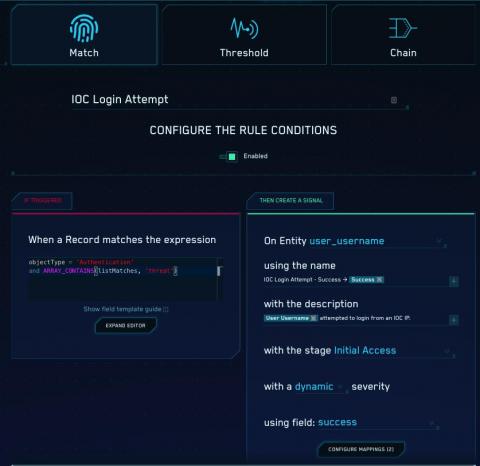Making API Requests with Python
Python is in the midst of a resurgence. It never went away, but usage now grows like never before. With machine learning developers and data scientists relying on Python, much of the web development ecosystem around the language continues to grow. One aspect that affects all three of these specializations is the powerful benefits of APIs. Pulling in data, and connecting to external services, is an essential part of any language.










